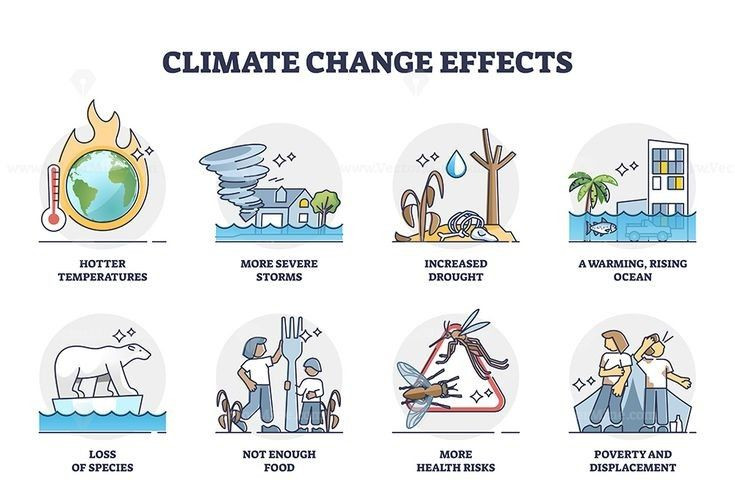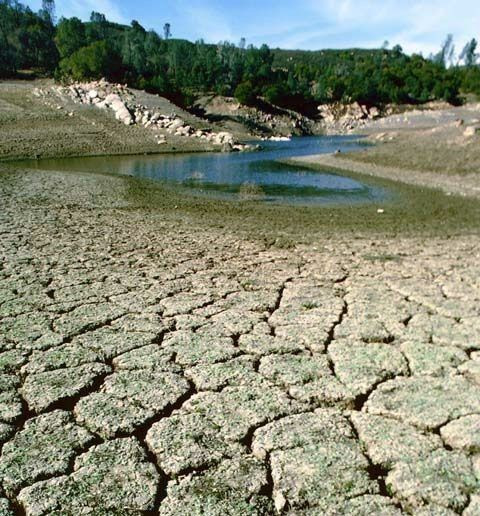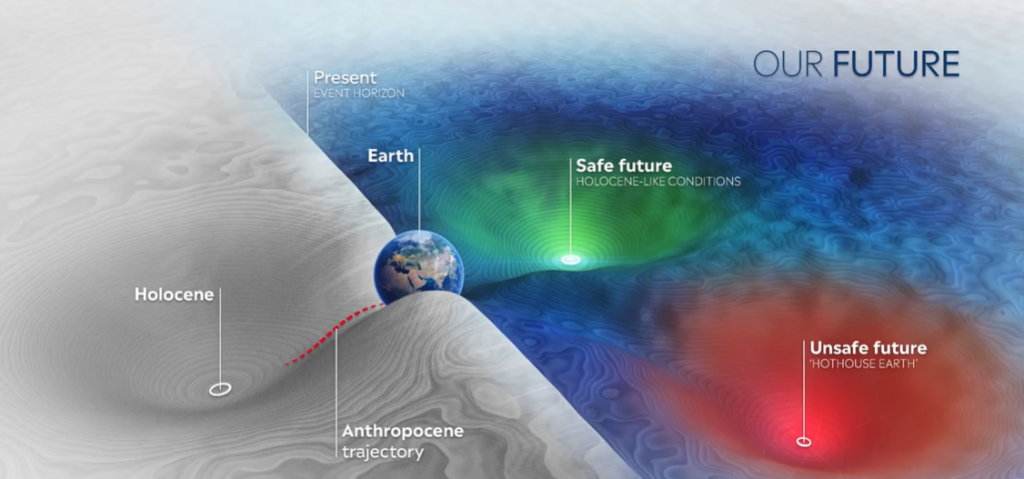Climate Change Is Making Space More Dangerous for Satellites

We all know that climate change is affecting Earth, but did you know it is also causing problems in space? Scientists, including those from the Massachusetts Institute of Technology (MIT), have found that rising greenhouse gas levels are making Earth’s upper atmosphere shrink.
This is leading to more space junk and making it harder to keep satellites safe. If we don’t act soon, space could become too crowded and dangerous for future missions.

Why is Earth’s Atmosphere Shrinking?
The part of the atmosphere affected the most is called the thermosphere. It is located high above the Earth and helps control how long satellites and space debris stay in orbit. Normally, this layer slows down old satellites and space junk, making them fall back to Earth and burn up in the atmosphere.
But greenhouse gases, like carbon dioxide (CO₂), are changing things. These gases trap heat near Earth’s surface, causing global warming. However, in the upper atmosphere, these gases actually make it cooler. This cooling causes the thermosphere to shrink, making it less dense. A thinner thermosphere means there is less air resistance to slow down space junk, allowing it to stay in orbit much longer.
More Space Junk, More Problems?
Because the thermosphere is shrinking, space debris now stays in orbit for much longer than before. This is a big problem because old, broken satellites and other junk can crash into working satellites. When that happens, the collision creates even more space junk, leading to a dangerous cycle known as the Kessler Syndrome.
The Kessler Syndrome is when space junk keeps multiplying because of frequent collisions. If this cycle continues, there could be so much debris that launching and operating satellites will become very risky. This could affect services we rely on every day, such as:
- GPS navigation – Used for driving directions, delivery services, and even airplane routes.
- Weather forecasting – Satellites help track hurricanes, wildfires, and climate patterns.
- Internet and communication – Many remote areas depend on satellites for internet access..

If space gets too crowded, all of these services could suffer, making life on Earth more difficult.
What MIT Scientists Discovered
MIT researchers studied how climate change will affect space over the next 75 years. Their study found that by the year 2100, the number of satellites that can safely operate in low Earth orbit (LEO) could drop by 50-66%.
This means that if we don’t take action, fewer satellites will be able to function properly, which could lead to slower internet, inaccurate GPS systems, and less reliable weather predictions.
What Are the Solutions About?
To prevent this problem from getting worse, scientists suggest two key solutions:
- Reduce greenhouse gas emissions
- If we cut down pollution, we can slow down the shrinking of the thermosphere.
- This can be done by using clean energy, reducing fossil fuel use, and planting more trees.
- Better space debris management
- Space agencies are working on ways to clean up space junk. Some ideas include:
- Robotic arms that can grab and remove old satellites.
- Special nets that capture space debris.
- Lasers that push junk out of orbit so it burns up in the atmosphere.
- Space agencies are working on ways to clean up space junk. Some ideas include:

Securing Space for the Future
Climate change is not just an Earth problem—it’s a space problem too. The shrinking atmosphere is allowing more space junk to build up, making satellite operations more dangerous. If we don’t act now, we may lose the ability to safely use satellites for important services like GPS, internet, and weather tracking.
The best way to protect the future of space travel is to reduce greenhouse gas emissions and find better ways to clean up space debris. If we take action today, we can keep space safe for future generations and ensure that satellites continue to serve us for years to come.
Read also: Be Aware! This Is the World’s Most Dangerous Plant